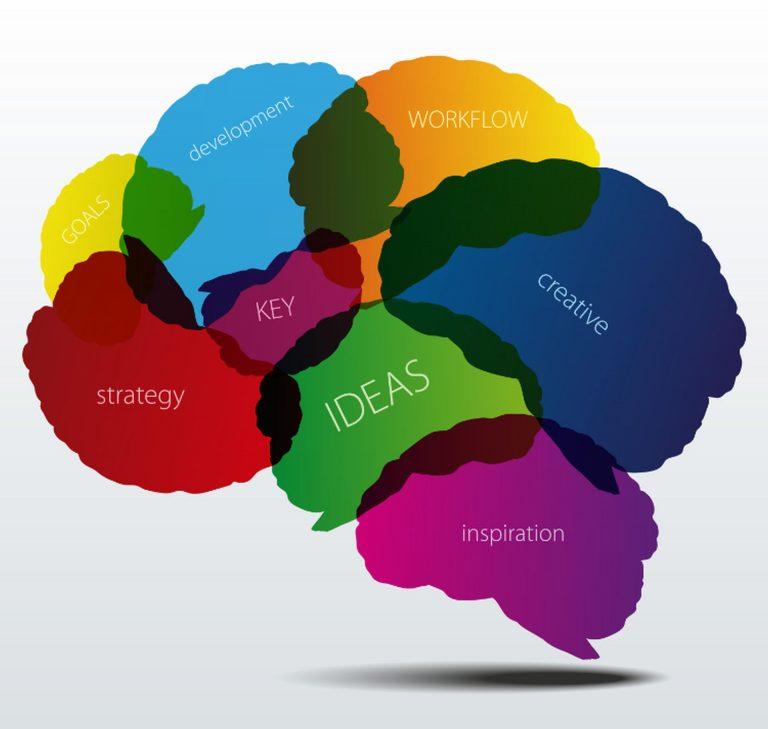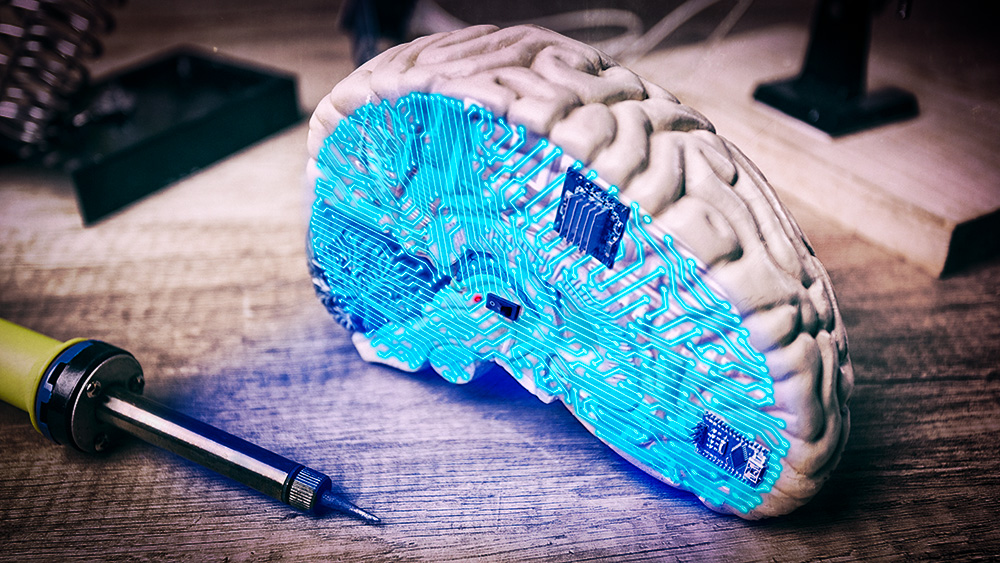

The AMAZING functions of our brain is responsible for our achievements.
We created AMASYNG with the interest of knowing ”How we operate” and how our intelligences are operating.
Knowing very good how we operate will let, each of us, knowing precisely how to optimize our decisions. And, for sure, our actions and our decisions are the results of different kind of intelligences.

1. HUMAN INTELLIGENCES :

He is an American psychologist, and he developed the theory of multiple human intelligences.
His name is Howard Gardner.
His research in education has been carried out with children with cerebral deficiencies and deprived of certain intellectual faculties but capable of accomplishing others.
He deduced that there are indeed a multitude of forms of intelligence independent of each other. Gardner initially distinguished 7 types of intelligence:

1. 1. LANGUAGE INTELLIGENCE :

Ability and fluency in handling language and letters.
Linguistic intellect is the most valued at school alongside logico-mathematical intelligence which is the essential foundation of school education.
Both being complementary to solve or state a problem.
The mastery of rhetoric is a powerful asset that allows you to nuance ideas, shape them and convey them with precision.
The mastery of language also allows a better understanding of grammatical logic and facilitates the learning of foreign languages.
These skills are essential in the professions of letters, lawyers, poets, writers, journalists. It’s also the case for speakers, and all trades that require the formulation of ideas, thoughts or the use of one’s imagination, orally or in writing.

1. 2. MUSICAL INTELLIGENCE

Skills of musicians and composers.
Ability to understand, feel, memorize, interpret, create or enjoy music and rhythms.

1. 3. LOGICO-MATHEMATICAL INTELLIGENCE

Ability to solve abstract problems of logic or mathematics, to calculate and categorize.
Manipulate numbers with ease, make assumptions, understand complex phenomena.
Logical-mathematical skills are valued in the West, particularly in education.

1. 4. SPATIAL INTELLIGENCE
Sense of space, architecture and spatial environment.
This capacity for spatial representation allows fine virtual mental representations, high quality visual memory. It enables creative faculties in artistic fields, such as sculpture, photography, painting, geography.

1. 5. KINESTHETIC INTELLIGENCE

Physical abilities and body skills.
Ability to use one’s body as a means of expression.
Through sport, dance, theatre, but also through fine motor skills, craftsmen, jewelers and also surgeons.

1. 6. INTRAPERSONAL INTELLIGENCE

Intelligence of introspection, self-analysis, which allows a good knowledge of oneself.
Analysis of one’s thoughts, behaviors, emotions, knowing one’s limits and strengths.
For example, professions of psychology, and psychiatry are using Intrapersonal skills. So, it’s also the case for consulting professions. Those people have the capacities for fine analysis of sensitivities and emotions.

1. 7. INTERPERSONAL INTELLIGENCE
Fine and sharp intelligence to understand others, anticipate, have empathy, tolerance.
Listening to others, being sensitive to the reactions and needs of those around you.
Interpersonal skills allows the individual to detect the undertones of social relations, promotes cooperation and analyzes interactions.
It is that for instance of leaders, teachers and also traders.

Gardner later added two other kind of intelligence:

1. 8. NATURALIST INTELLIGENCE

Be sensitive to life and its environment.
Naturalist skills is that of observation, the ability to recognize and classify everything that makes up the natural environment, the fauna and flora but also the cultural universe that surrounds us.

1. 9. EXISTENTIAL INTELLIGENCE
Ability to question the essence and origin of existence and things.
Existential intelligence is not considered by Gardner as an intelligence in its own right, but it allows developed spiritual abilities and moral sensitivity.
We’re often talking about other kind of Intelligences :

1. 10. EMOTIONAL INTELLIGENCE

One of the great and recent paradigms of intelligence is Emotional Intelligence.
American psychologists Peter Salovey and John Mayer in 1990, first used the concept of Emotional Intelligence. And Golema, through his bestseller Emotional Intelligence (1995), made this construction famous.
Emotional intelligence includes both intrapersonal intelligence and interpersonal intelligence. Five important elements are characterizing Emotional Intelligence :
- Emotional self-awareness,
- Emotional self-control,
- Personal motivation,
- Empathy,
- Social skills.
Many researches claim that Emotional Intelligence brings many benefits: It minimizes and prevents the effects of stress, improves emotional well-being, improves interpersonal relationships, improves work performance.
AMASYNG will coach you in particular do develop your Emotional Intelligence.

1. 11. CREATIVE INTELLIGENCE

Those people who have developed Creative Intelligence, are working, for example, in a job that requires mechanical and monotonous work and who adapt without problems to work environments of this type.
But instead, there are people who seem to have their minds on the move, who are always one step ahead of others and who are constantly innovating.
These people have great creative intelligence.
But what characterizes people with great creative intelligence?
- Fluidity and ability to produce many ideas.
- Flexibility, seeing and approaching situations in different ways.
- Originality, to produce unusual or innovative responses.
Those different kind of Human Intelligences are sharing, now, our world, with different kind of Artificial Intelligences.

2. ARTIFICIAL INTELLIGENCES – AI
AI is probably the most complex and astounding creations of humanity yet.
And that is disregarding the fact that the field remains largely unexplored, which means that every amazing AI applications that we see today represents merely the tip of the AI iceberg, as it were.
While this fact may have been stated and restated numerous times, it is still hard to comprehensively gain perspective on the potential impact of AI in the future.
The reason for this is the revolutionary impact that AI is having on society, even at such a relatively early stage in its evolution.
An AI that can perform more human-like functions with equivalent levels of proficiency will be considered as a more evolved type of AI, while an AI that has limited functionality and performance would be considered a simpler and less evolved type.
Based on this criterion, there are two ways in which AI is generally classified.
One type is based on classifying AI and AI-enabled machines based on their likeness to the human mind, and their ability to “think” and perhaps even “feel” like humans.
According to this system of classification, there are four types of AI or AI-based systems:
- Reactive machines,
- Limited memory machines,
- Theory of mind,
- Self-aware AI

2.1. Reactive Machines
These are the oldest forms of AI systems that have extremely limited capability. They emulate the human mind’s ability to respond to different kinds of stimuli.
These machines do not have memory-based functionality.
This means such machines cannot use previously gained experiences to inform their present actions, i.e., these machines do not have the ability to “learn.”
These machines could only be used for automatically responding to a limited set or combination of inputs.
They cannot be used to rely on memory to improve their operations based on the same.
A popular example of a reactive AI machine is IBM’s Deep Blue, a machine that beat chess Grandmaster Garry Kasparov in 1997.

2.2 Limited Memory

Limited memory machines are machines that, in addition to having the capabilities of purely reactive machines, are also capable of learning from historical data to make decisions.
Nearly all existing applications that we know of come under this category of AI.
All present-day AI systems, such as those using deep learning, are trained by large volumes of training data that they store in their memory to form a reference model for solving future problems.
For instance, an image recognition AI is trained using thousands of pictures and their labels to teach it to name objects it scans.
When an image is scanned by such an AI, it uses the training images as references to understand the contents of the image presented to it, and based on its “learning experience” it labels new images with increasing accuracy.
Almost all present-day AI applications, from chatbots and virtual assistants to self-driving vehicles are all driven by limited memory AI.

2.3. Theory of Mind

While the previous two types of AI have been and are found in abundance, the next two types of AI exist, for now, either as a concept or a work in progress.
Theory of mind AI is the next level of AI systems that researchers are currently engaged in innovating.
A theory of mind level AI will be able to better understand the entities it is interacting with by discerning their needs, emotions, beliefs, and thought processes.
While artificial emotional intelligence is already a budding industry and an area of interest for leading AI researchers, achieving Theory of mind level of AI will require development in other branches of AI as well.
This is because to truly understand human needs, AI machines will have to perceive humans as individuals whose minds can be shaped by multiple factors, essentially “understanding” humans.


This is the final stage of AI development which currently exists only hypothetically.
2.4. Self-aware
Creating this type of AI, which is decades, if not centuries away from materializing, is and will always be the ultimate objective of all AI research.
This type of AI will not only be able to understand and evoke emotions in those it interacts with, but also have emotions, needs, beliefs, and potentially desires of its own.
Self-aware AI, which, self explanatorily, is an AI that has evolved to be so akin to the human brain that it has developed self-awareness.

3. DEVELOPING INTELLIGENCES : HUMAN INTELLIGENCES & AI


Many companies are interested in Artificial Intelligences, as the only target of their activities.
Artificial Intelligences is however the fruit, first of all, of Human Intelligences.
Thus, AMASYNG wanted to develop its work around these two intelligences.
And there are thousands of possibilities to develop Intelligences across Human Intelligences and Artificial intelligences.
This is what makes the work so exciting.
Little part of our work opened chapters of :
- HR & Headhunting,
- Mentoring,
- Coaching & developing Emotional Intelligences
- Education & Training,
- Leadership & Management,
- Business Development,
- Optimazing Industrial production lines.
Our expertise is to find paths, to find Experts & to develop Intelligences where we are usually not used to.


Developping your intelligence … Across huMan intelligences, Artificial-intelligenceS & our SYNerGies

We also invite you to discover our other activities by clicking bellow : OUR MAIN ACTIVITIES

